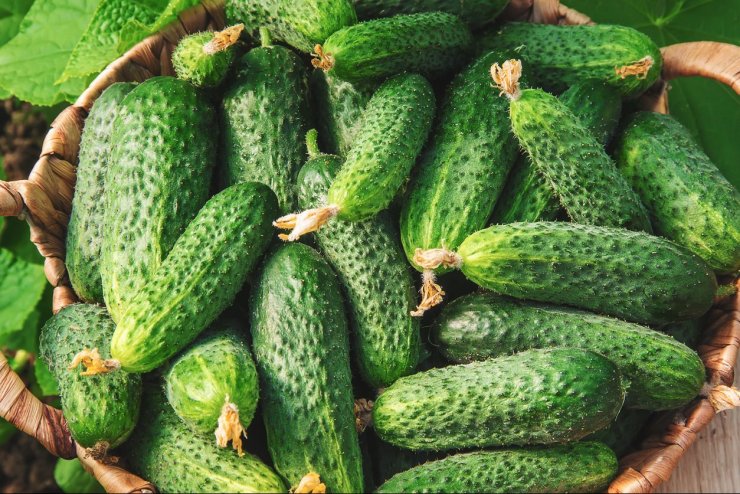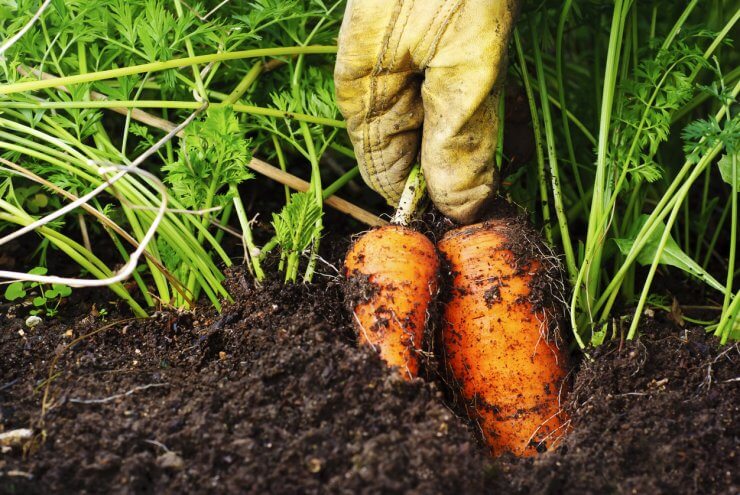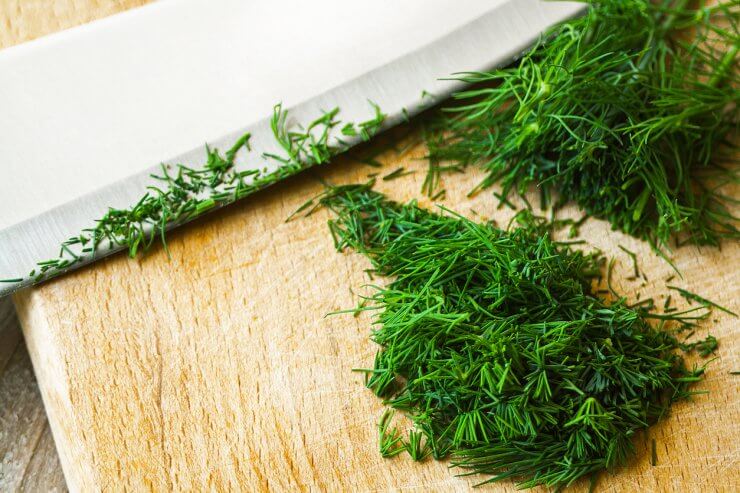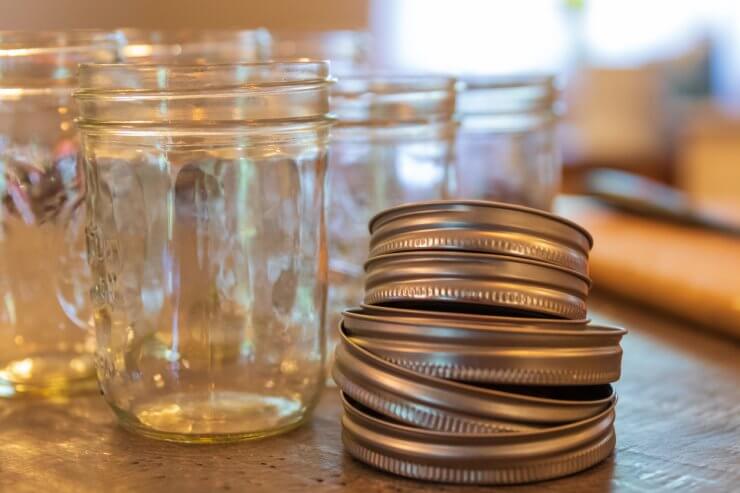As we prepare for a tangy and tantalizing 2026, it’s time to roll up our sleeves and plan the garden of your pickling dreams. Whether you’re a dill devotee, a bread-and-butter buff, or an adventurous fermenter, this guide will help you select the best cucumbers and companion veggies to grow for pickling success. We’ll also throw in some herb recommendations to make your brine shine and ensure your jars are brimming with flavor.

Muncher cucumbers
Cucumbers: The Stars of the Pickle Jar
Not all cucumbers are created equal when it comes to pickling. Here are our top picks for the crunchiest, most flavorful results:
- Boston Pickling Cucumbers: This heirloom variety is a go-to for classic dill pickles. Their small, uniform size and thin skin allow the brine to penetrate evenly, resulting in crisp, tangy pickles. They thrive in full sun and well-draining soil. Harvest when they’re about 4-6 inches long for the best texture.
- Kirby Cucumbers: Known for their firm texture, Kirby cucumbers are perfect for both quick pickles and fermentation. They resist sogginess, making them ideal for those who love a good crunch. Pro tip: Trellis these vines to save space and encourage airflow, reducing the risk of powdery mildew.
- National Pickling Cucumbers: These reliable producers are designed for pickling, with a high yield of straight, smooth fruits. Their slightly sweet flavor complements both savory and bread-and-butter brines. They grow well in raised beds and benefit from consistent watering.
- Mexican Sour Gherkins (Mouse Melons): These tiny cucumbers look like miniature watermelons and pack a tart punch. They’re fantastic for quick pickles and add a whimsical touch to your pickle platter. Plant them in a sunny spot and provide a trellis—they’ll reward you with an abundant harvest.

Vegetables to Pickle Beyond Cucumbers
Why stop at cucumbers? Diversify your pickle garden with these standout veggies:
- Carrots: Grow Napoli or Scarlet Nantes varieties for their sweetness and vibrant color. Perfect for pickling with dill, garlic, or cinnamon, carrots thrive in loose, sandy soil.
- Beets: Choose Detroit Dark Red or Chioggia (for a fun, striped look). Beets love cool weather, so plant them early or late in the season. Pair with cloves or allspice in your brine for a unique flavor.
- Green Beans: Provider and Blue Lake 274 are excellent options for pickled dilly beans. They grow quickly and produce prolifically, making them a great choice for repeat harvests.
- Okra: For Southern-style pickled okra, try Clemson Spineless. These heat-loving plants produce tender pods that pickle beautifully with garlic and chili flakes.
- Radishes: Varieties like French Breakfast and Watermelon Radish add color and spice to your pickle jars. Plant them in the spring and fall for continuous harvests.

Nutritious dill on cutting board
Herbs for Pickling Success
To elevate your pickling game, grow these herbs in your garden:
- Dill: A must-have for dill pickles, Bouquet Dill produces both fragrant leaves and seed heads perfect for brines. Sow in successive plantings for a steady supply.
- Garlic: While not technically an herb, garlic is indispensable in pickling. Plant Softneck varieties for their milder flavor or Hardneck for robust, spicy cloves.
- Bay Laurel: Fresh bay leaves add depth to your brine. Grow this perennial in a container so you can bring it indoors during the winter.
- Tarragon: French tarragon imparts a subtle anise flavor that pairs beautifully with pickled beets and beans. This perennial thrives in full sun and well-drained soil.

Tips for Pickling Success
- Harvest at the Right Time: Pick vegetables when they’re young and tender. Overripe produce can become mushy during pickling.
- Water Consistently: Uneven watering can cause cucumbers to become bitter. Keep the soil evenly moist for the best results.
- Plan for Space: Trellis cucumbers and beans to maximize garden space and improve air circulation.
- Try Companion Planting: Pair cucumbers with marigolds to deter pests and plant basil nearby to attract pollinators.
- Prep for the Season: Stock up on jars, lids, and a reliable canning kit before harvest time to avoid last-minute scrambles.
Looking Ahead to Your Pickling Adventures
With a thoughtfully planned pickle garden, you’ll be ready to embrace the art and science of pickling in 2026. Whether you’re crafting classic dill pickles, experimenting with spicy okra, or fermenting cabbage into tangy kimchi, your garden will be the key to flavorful success.
Let us know in the comments: What are you planting in your pickle garden this year? Share your plans, tips, and favorite varieties—we can’t wait to see what’s brining in your backyard!
Here’s to a garden full of pickling possibilities and jars that pop with flavor!


 Previous
Previous

